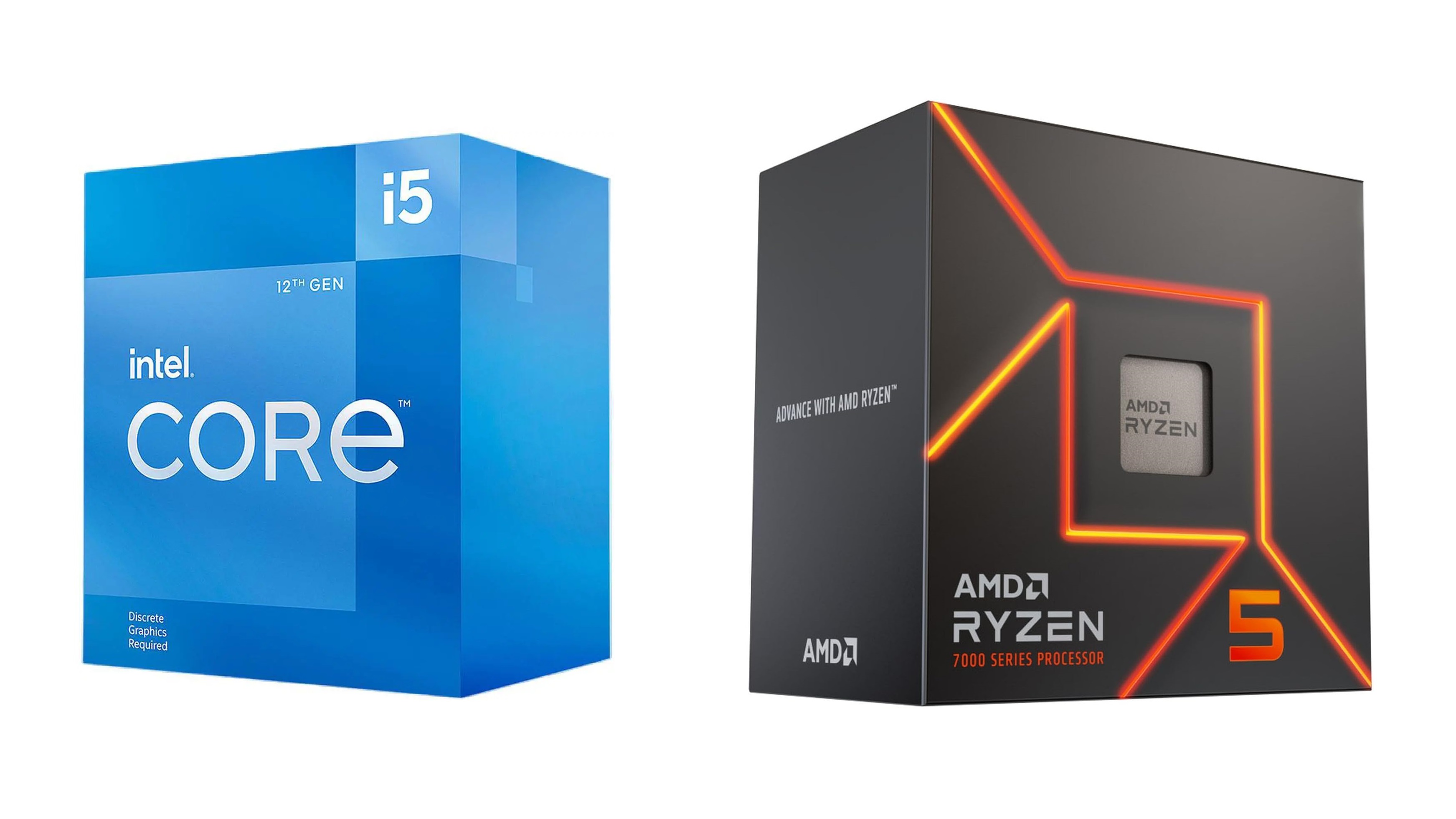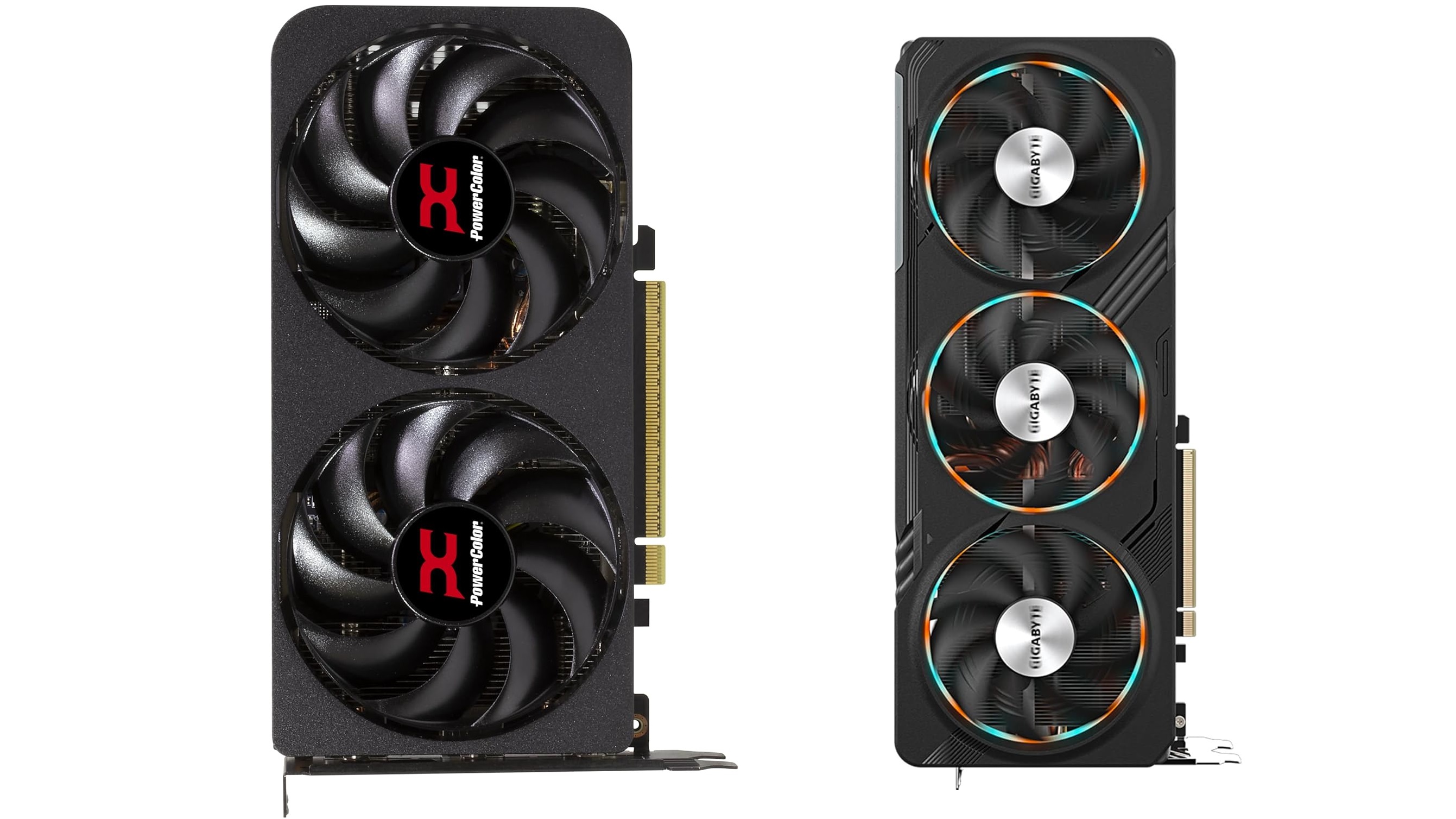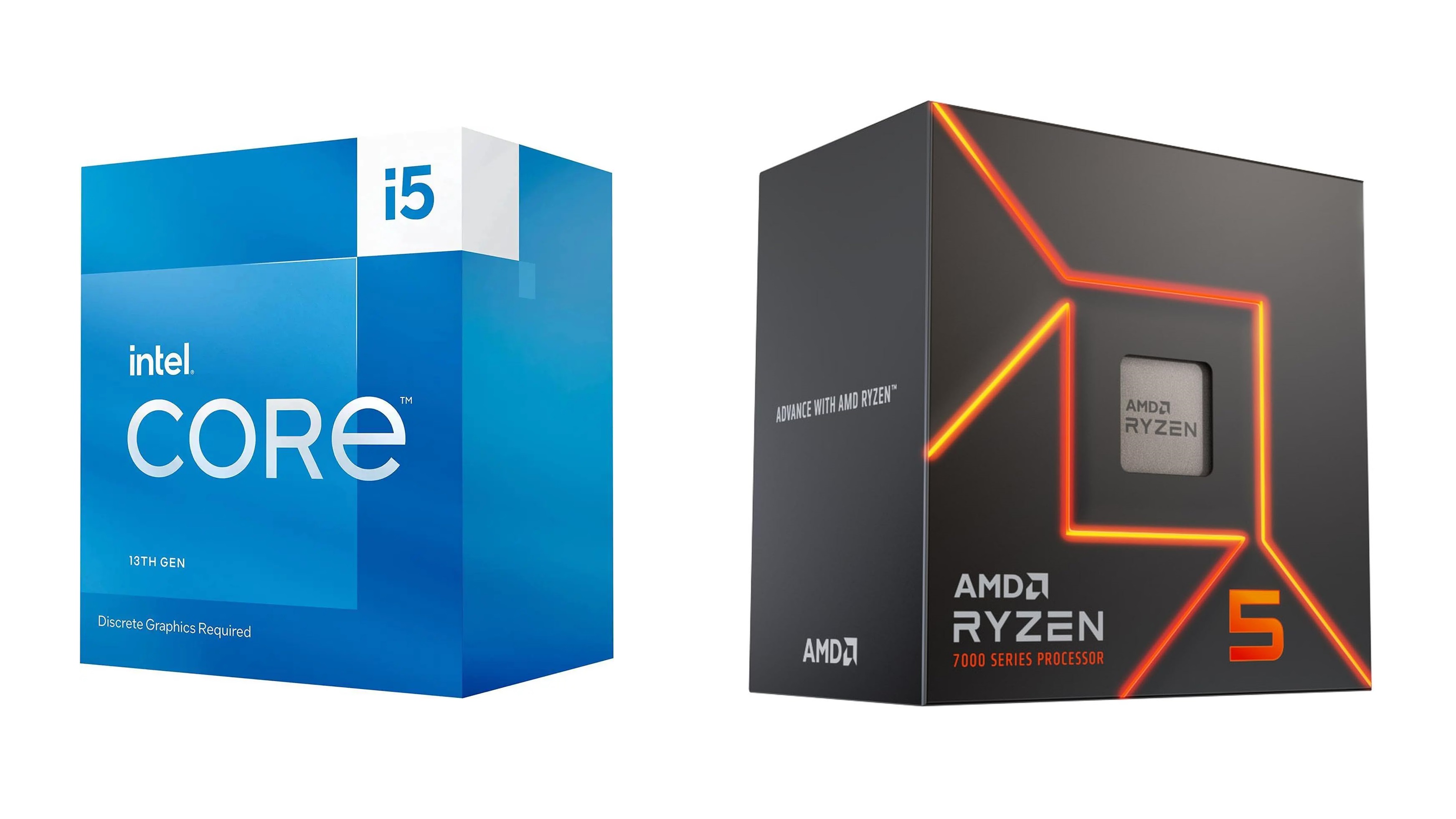Learn how to choose the right laptop for your needs, with key considerations including processor, build quality, and more.
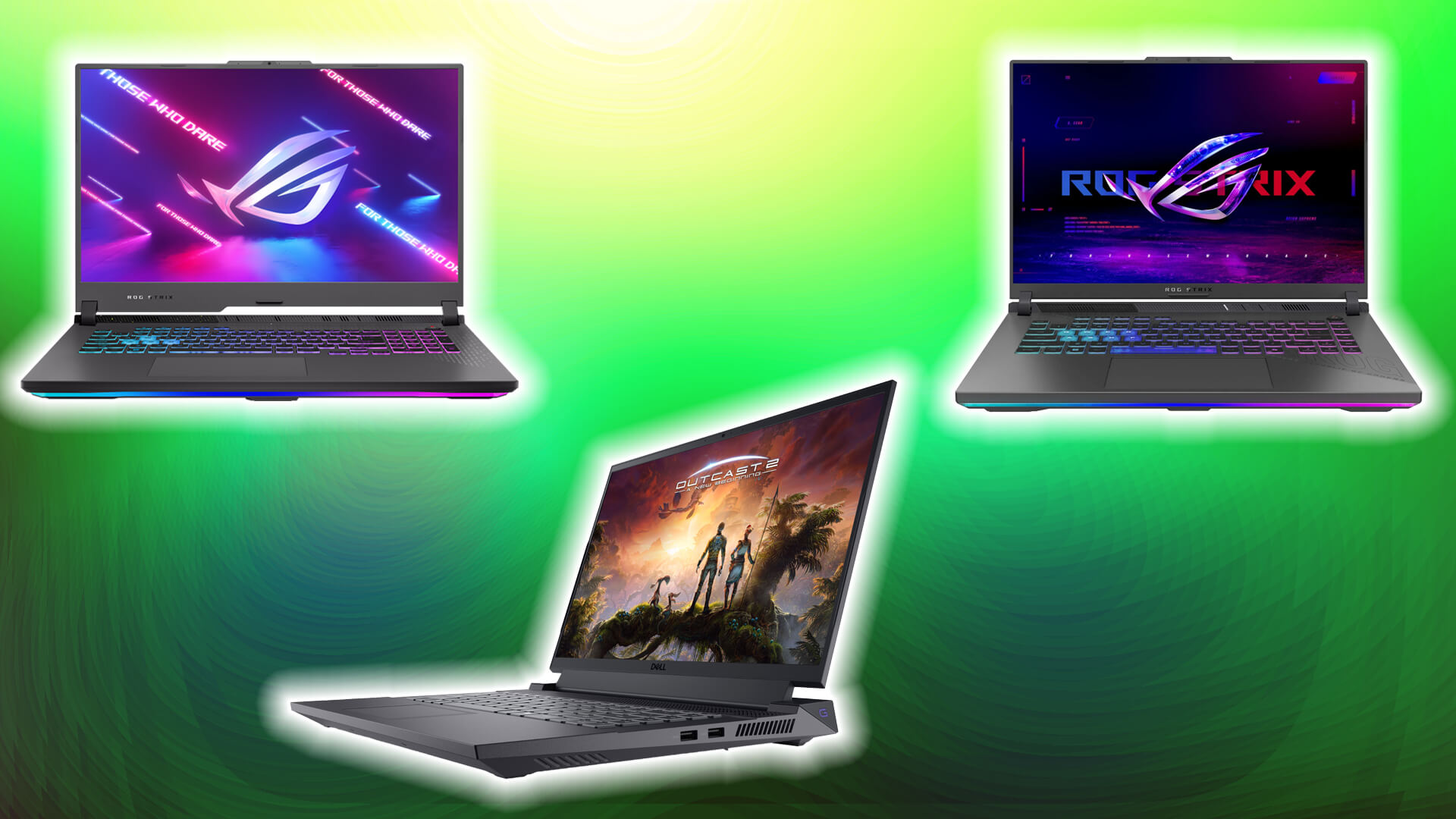
It’s pretty standard to get lost while selecting a laptop in 2025. Online stores, offline stores, everywhere, there are countless laptops available, from entry-level to absolute high-end; the choices offered can easily overwhelm one into not buying one at all. Although it means there is healthy competition, all the vendors are equally competitive with each other. But too many options for someone who doesn’t know what they are doing can be harmful.
This article will help you determine your needs and budget and then make a concise purchasing decision.
Choosing the Right Laptop: Identify Your Primary Use
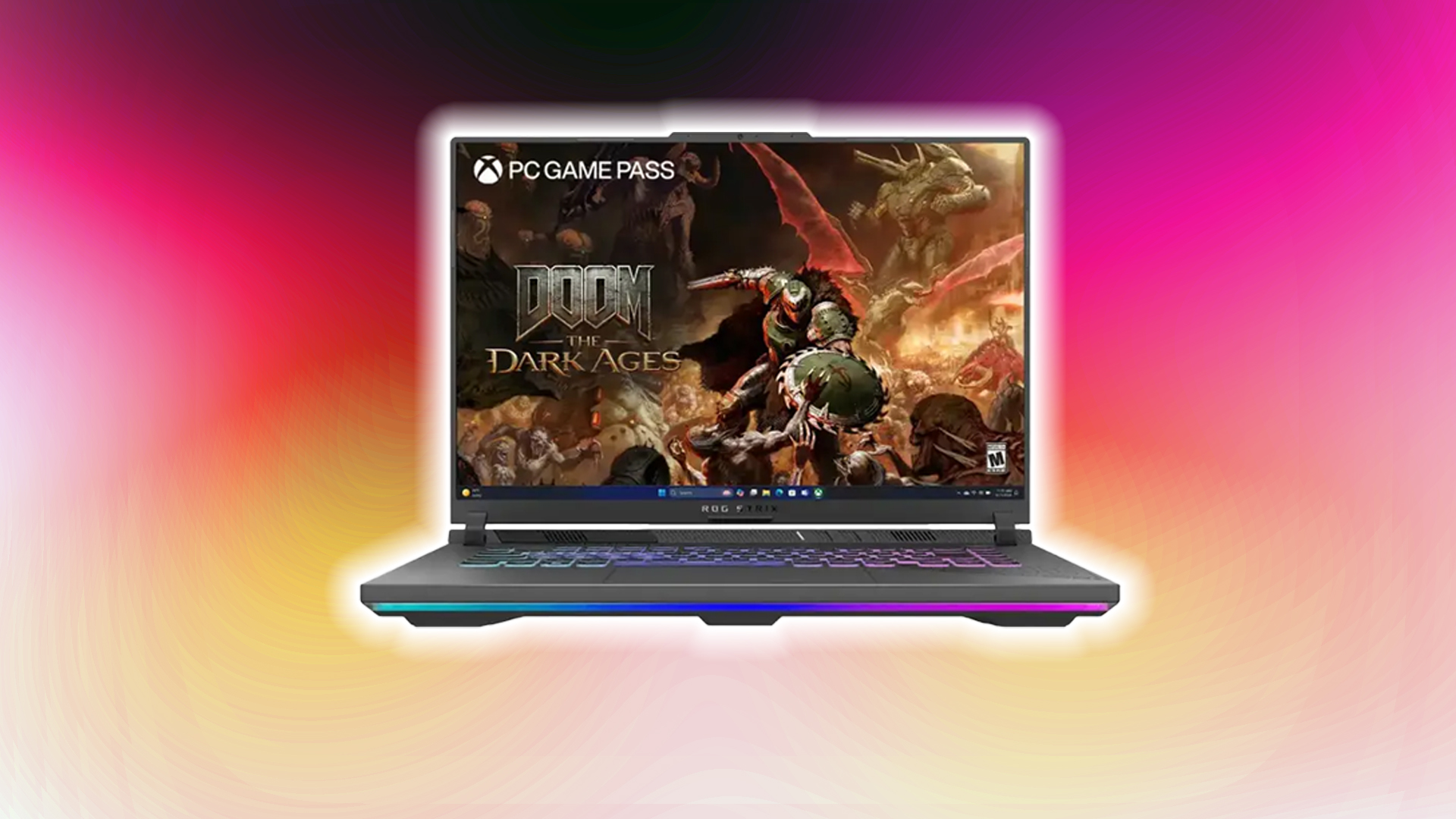
Before you look forward to a laptop, the global agenda applies: the more you pay, the better you get. This principle also applies to laptops. But wait, there’s more. A laptop is a portable computer that performs the same functions as a PC, while also offering the added convenience of portability.
When considering PC builds, their use cases, needs, and budget are vital factors in making a decision. In the case of laptops, since there are an overwhelming number of options, if you have a $1000 budget, you can get a competent gaming laptop. Alternatively, the same amount can also fetch you an AI Copilot PC with a fraction of the compute power of the gaming laptop. But it’s easily arguable that the AI PC can do so much more, in terms of portability, battery life, and office tasks.
However, if $1000 is wisely invested in a proper laptop suited to your needs, not only will the battery life be decent, but the gaming performance will also be phenomenal. The form factor won’t be bulky as well.
Below is a detailed guideline based on a real-world scenario, tailored to your needs and use cases.
- Students require lightweight devices with good battery life for note-taking and research purposes.
- Professionals require reliable performance for multitasking and productivity software.
- Gamers need powerful graphics and processing capabilities
- Content creators benefit from high-resolution displays and robust performance
- Casual users should focus on portability and battery life for browsing and streaming
Essential Specifications to Consider

With the basics out of the way, it’s now time to focus on the fundamental components that determine how the laptop will perform.
Processor (CPU)
The CPU in a laptop classifies how powerful the laptop is; yes, the GPU is also a decisive factor. However, the CPU, whether an HX, H, or U series from Intel or AMD, can tell you what it can do.
- The HX Series is super powerful, basically toned-down desktop CPUs.
- H Series is the sweet spot for battery and performance.
- The U Series is entirely portable and designed for casual use.
Memory (RAM)
RAM affects how many applications your laptop can run simultaneously.
- 8 GB: Sufficient for basic tasks and light multitasking.
- 16 GB: Ideal for most users, including professionals.
- 32 GB+: Necessary for serious gaming, content creation, or data science-related work.
Remember to stay away from laptops with soldered DIMMs; if that RAM fails in the future, your entire laptop is likely to be unusable.
Graphics (GPU)
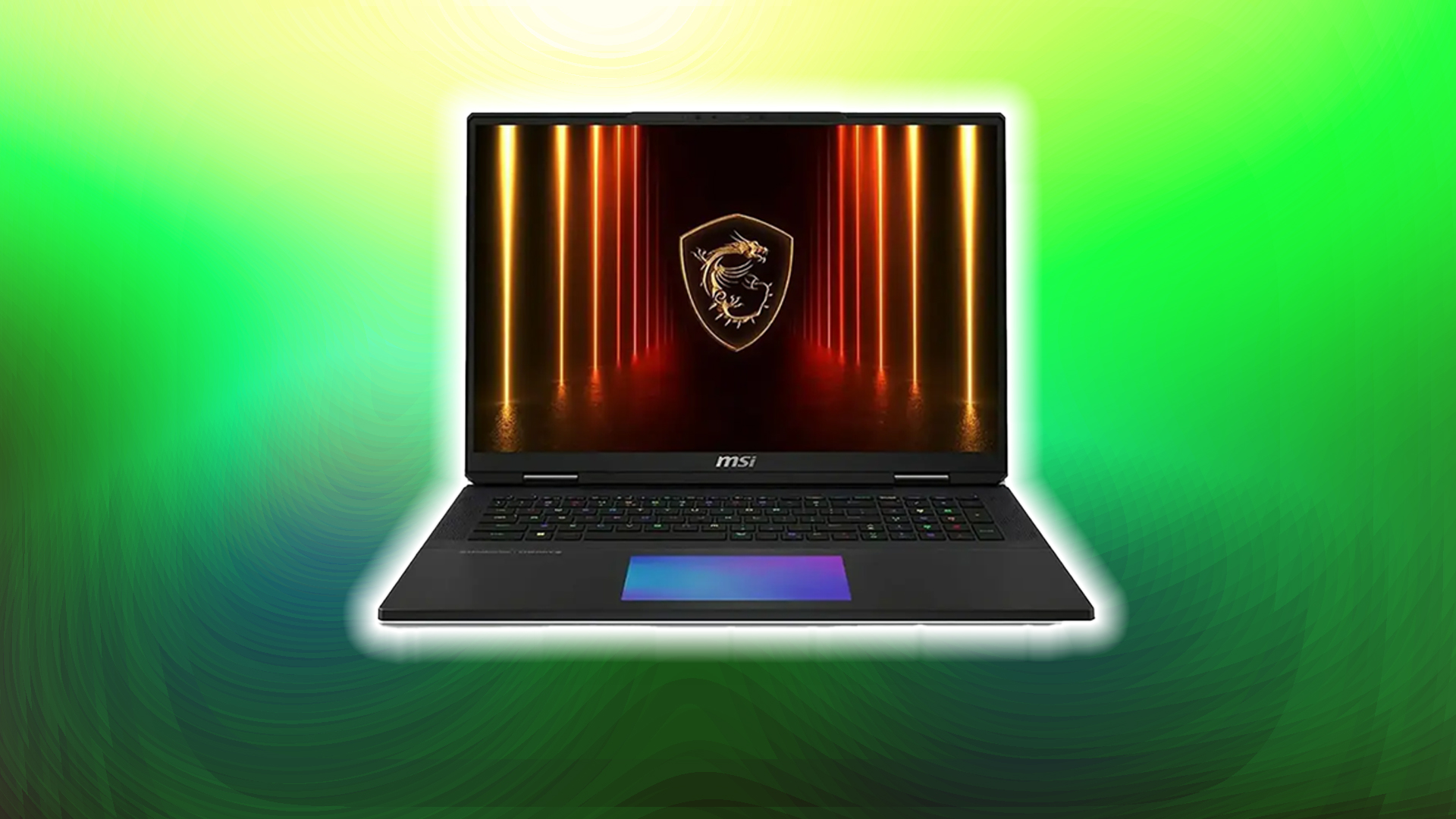
Pick your side: AMD, Intel, or Nvidia
- 4 GB VRAM: Stay away, do not buy in 2025.
- 6 GB VRAM: The bare minimum for content creation, suitable for entry-level users.
- 8 GB VRAM: Entry-level gaming in 2025 begins with 8 GB VRAM.
- 10GB VRAM: If you find an RX 6700M and you are looking for a gaming laptop, buy it.
- 12 GB+ VRAM: Super high-end, approaching used car pricing territory.
Storage
Choose between speed and capacity; the larger the size, the better it is.
- SSD (Solid State Drive): Rock standard, the more capacity, the faster it is.
- HDD (Hard Disk Drive): Very rare nowadays, but expect these laptops to be of a very entry-level type
- Ensure you pick at least a 512GB model laptop.
Display
Choose between panel types and quality. Higher quality panels are better for your eyes.
- 13-14″ screen sizes are best for portability, 15-16″ for balanced use, and 17″+ for super bulky ones.
- Ensure you pick a laptop that offers (1920×1080) FHD resolution for clear visuals.
- As for panels. Pure IPS for better colors, OLED for vibrant displays and deeper blacks, and IPS level with 45% NTSC for budget buyers.
The terms FreeSync and G-Sync typically indicate a higher price and a better display, and so on. If you like these on your laptop’s display, pick accordingly. At its core, it’s just adaptive sync, and for that, they both perform almost identically, with a difference in implementation.
Battery Life
For true portability, prioritize battery performance. You can snag new, unsold Intel EVO series laptops for a steal of a price.
- Look for laptops offering 8+ hours of real-world use.
- Power-efficient processors (U-series Intel or equivalent AMD) extend battery life.
- Display resolution affects battery life—higher resolutions drain faster.
- Look for EVO-certified laptops. These are outstanding for providing battery backup.
Build Quality and Portability

A laptop that is built like a tank will likely survive harsh use cases.
- Weight: Ultraportables (under 3 pounds) for frequent travelers.
- Durability: Business-class laptops often offer better build quality.
- Ports: Ensure you have connections for all your peripherals.
Budget Considerations
The most important decisive factor is that, no matter how much you like a laptop, budget still plays a role.
- Under $500: Basic computing, web browsing, and document editing.
- $500-$1,000: Budget buyers’ sweet spot, does everything but with a bit of compromise.
- $1,000+: Entering high-end territory, expect to see 8GB VRAM GPUs over here.
- $ 3,000+: A really powerful machine, considering this is a used car and bike price point.
Verdict
Remember, paying a premium doesn’t always buy you the best products. Ultimately, the product that checks all your requirement boxes and makes you happy in the end is the one for you. If that laptop costs a bit more, consider saving up. If the RAM is initially low, then it’s a good investment; you can easily upgrade the RAM if it’s not soldered. Happy buying.
We provide the latest news and “How To’s” for Tech content. Meanwhile, you can check out the following articles related to PC GPUs, CPU and GPU comparisons, mobile phones, and more:
- 5 Best Air Coolers for CPUs in 2025
- ASUS TUF Gaming F16 Release Date, Specifications, Price, and More
- iPhone 16e vs iPhone SE (3rd Gen): Which One To Buy in 2025?
- Powerbeats Pro 2 vs AirPods Pro 2: Which One To Get in 2025
- RTX 5070 Ti vs. RTX 4070 Super: Specs, Price and More Compared
- Windows 11: How To Disable Lock Screen Widgets
 Reddit
Reddit
 Email
Email
